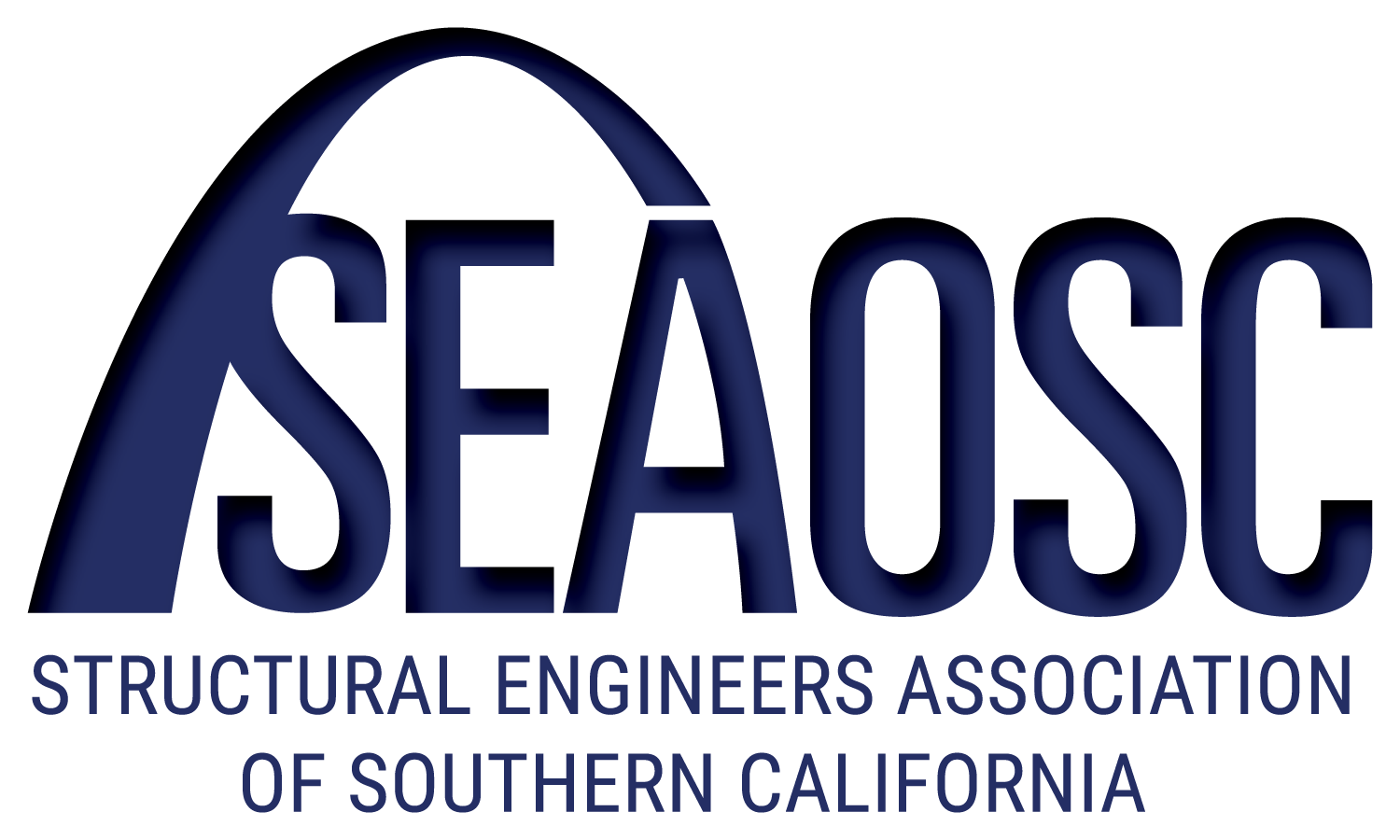On Saturday, the SEAOSC Safer Cities Recon Team (SCRT) visited the neighborhood of La Condesa. Located in Colonia Hipódromo in the Condesa area of Mexico City. This is a fashionable neighborhood near large beautiful historic parks, but had many buildings with collapses or major damage.
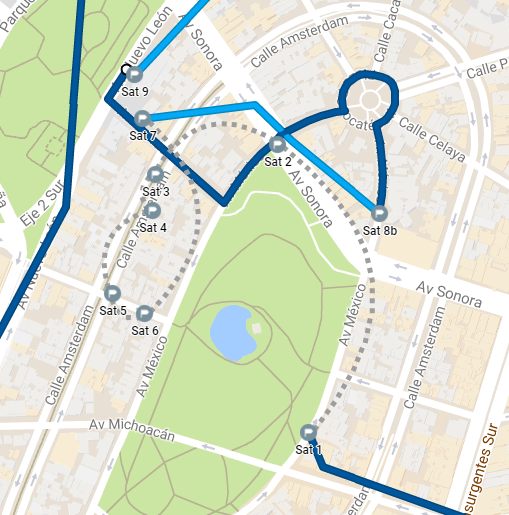
Map of major stops on Saturday
Our first stop, adjacent to Parque Mexico, the SCRT visited a collapsed 8-story building wherein the 6th story had collapsed. This particular building was constrained on both sides by 6-story buildings, and the partial collapse occurred on the floor immediately above the adjacent roof levels.
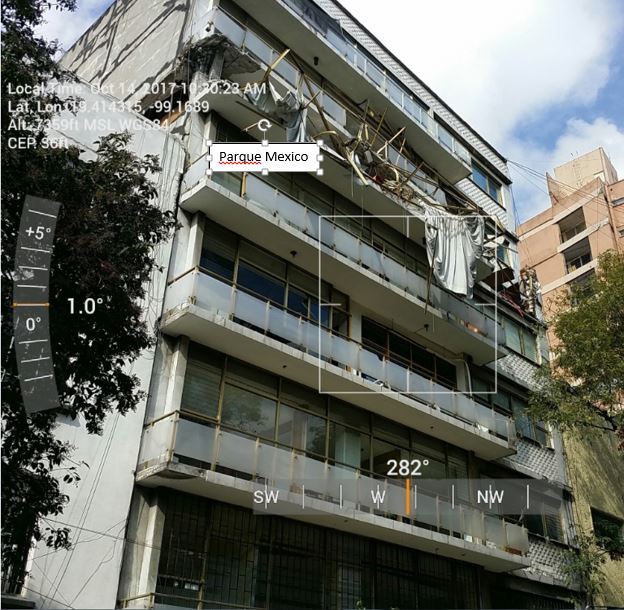
Partial collapse at 6th Floor
Next the team visited a 14-story building at the end of the same block, built in 1967, and retrofitted in 1984 (prior to the 1985 earthquake) with steel braced frames and other elements. The team was able to access the building and view the nearby partial collapse building from the roof. However, once on the roof, in the interest of getting best quality 360 degree photographs, Ken and Daniel decided the roof was not high enough and climbed the final ladder to the penthouse roof.
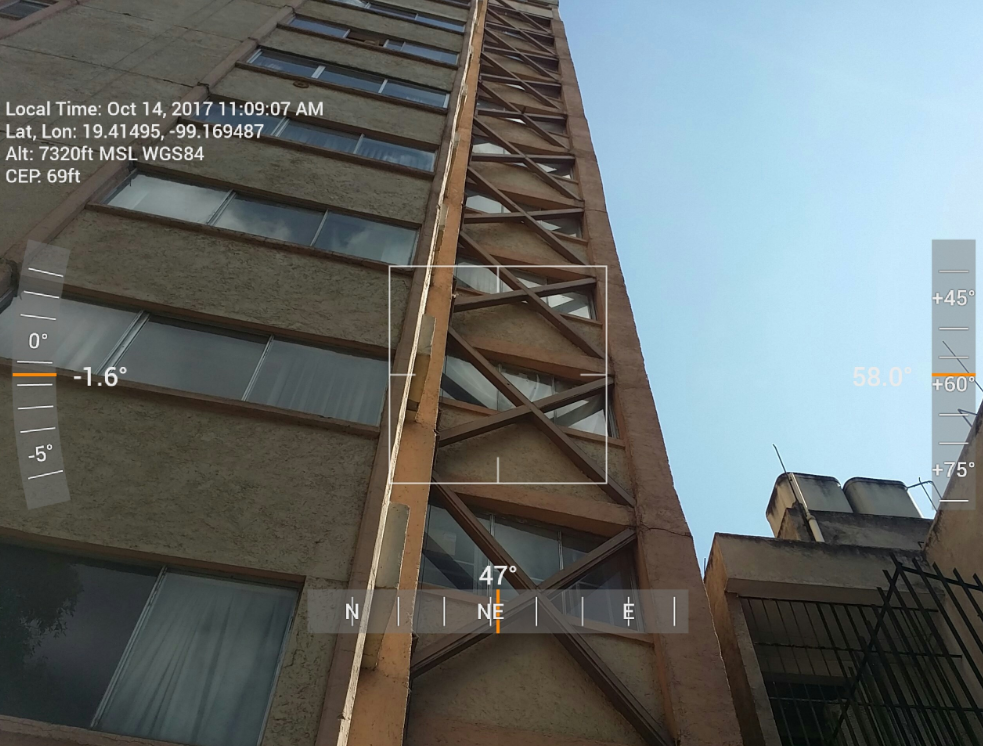
14-story building previously seismically retrofitted
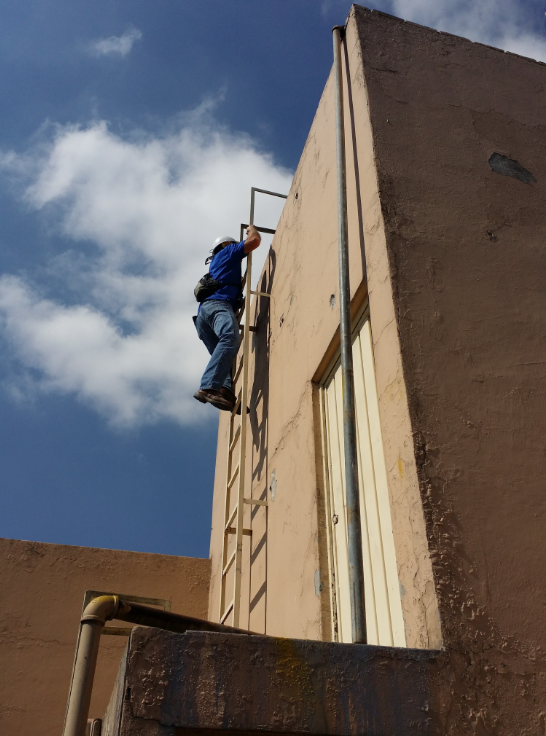
Ken climbing to penthouse atop 14 story tower
The team met the owner, Alberto Buzali, who had performed the 1984 retrofit. He was able to describe many details of the building’s performance, the retrofit and the structural details.
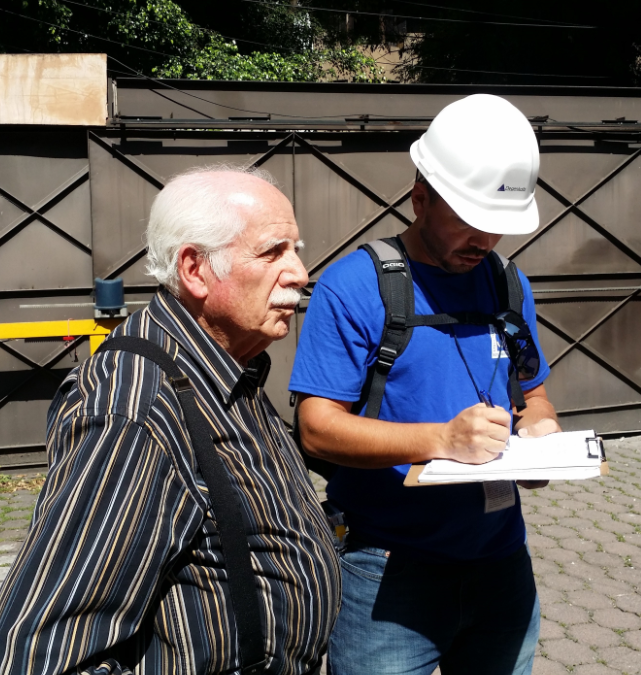
Alberto Buzali with Daniel
As is true of many buildings in Mexico City, this building had a basement level which serves as the water cistern for the building water supply.
At the next stop, the team met with the owner of an operating restaurant, Coral de la Vega, who also had lived in a nearby building. Although the restaurant had re-opened, her apartment was still damaged. The team was able to provide an opinion that the building could likely be repaired and returned to livable conditions. She was able to describe the experience of the earthquake, the business and living aspects to inform the team about the resiliency of the community.
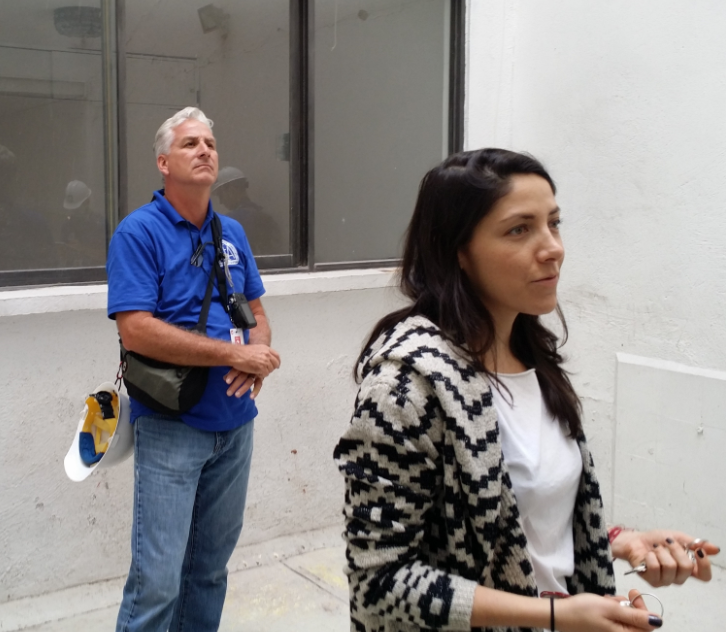
Ken with Coral de la Vega
At this point, Alex, the architect working with Benito Juarez, rejoined us to observe damage, even though this district was outside of his jurisdiction.
Later, the team met with a restaurant worker nearby, Erik Juarez, who was able to describe the complete collapse of the building across the street from the restaurant. He and the other workers in the restaurant were able to describe the resiliency of their restaurant as effected by the adjacent complete building collapse.
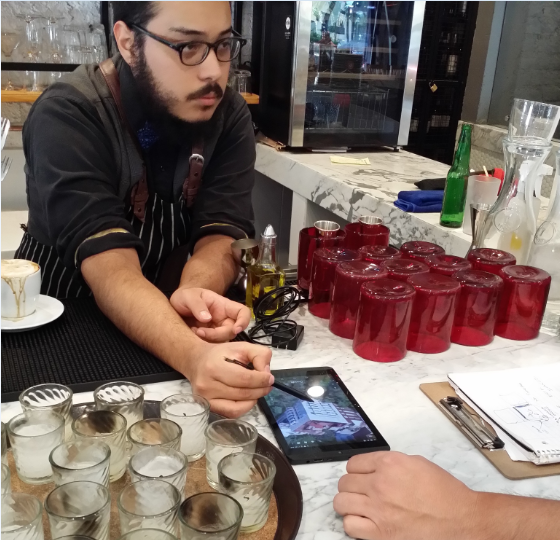
Erik Juarez describing building collapse across street
The team visited a single family house adjacent to a damaged mid-rise. The house had had brick and other debris fall on the property, and although it did not cause heavy damage to the house, nevertheless the family was very concerned about future performance of that building and the damage to their house in future earthquakes.
At dinner, it was decided to have a test for the SCRT: the team split into two subteams, and a building was picked that was known to have damage but no collapse. Google street images were used by each team to draw the anticipated damage patterns, with the anticipation that each subteam would be scored as to the accuracy of the damage prediction. A site visit was performed after dinner. Alas, it was realized that a building had been inadvertently chosen that had no damage, so there was no winner as there was negligible earthquake damage. Later that evening, a second test was developed for another building. The second test was successful, as both teams picked many of the damaged elements, although one subteam performed a bit better than the other at the predictions.

Team at dinner using Google street images to draw the anticipated damage patterns
Along the way, a building was encountered that had been supported by deep foundations such that the static settlement of the surrounding ground surface had necessitated building-up of the stairs and driveway into the property. It appeared about 4 feet of settlement had occurred to the surrounding ground surface, but that negligible additional seismic settlement had occurred from the recent earthquake. Most buildings in Mexico City utilize a floating foundation such that the building can safely move down along with the surrounding ground surface.
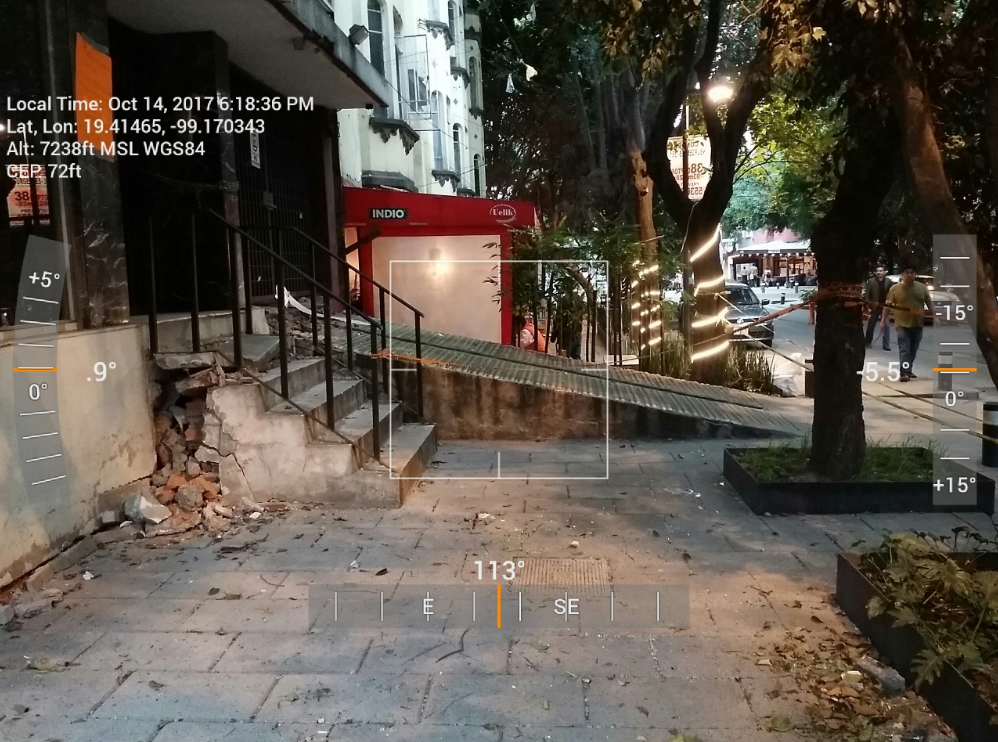
Building with some distress. This building was notable as a building supported on deep piles such that the settlement of the surrounding ground had necessitated building up the driveway and stairs to reach the entrances.
Finally, walking between sites, the team was met by a journalist, Martijn Grimmius, and his friend from Holland. They accompanied us to the next building review, and were interested in the process we were using to evaluate buildings and the community resiliency.
The last evaluation was of a pre-1985 mid-rise building that had been damaged and was not occupied, but the adjacent occupied mid-rise building tenants were very concerned about the safety of their property, which has been a recurring theme throughout the trip.
Since night had fallen and it had started raining heavily, the day ended for the SCRT.

